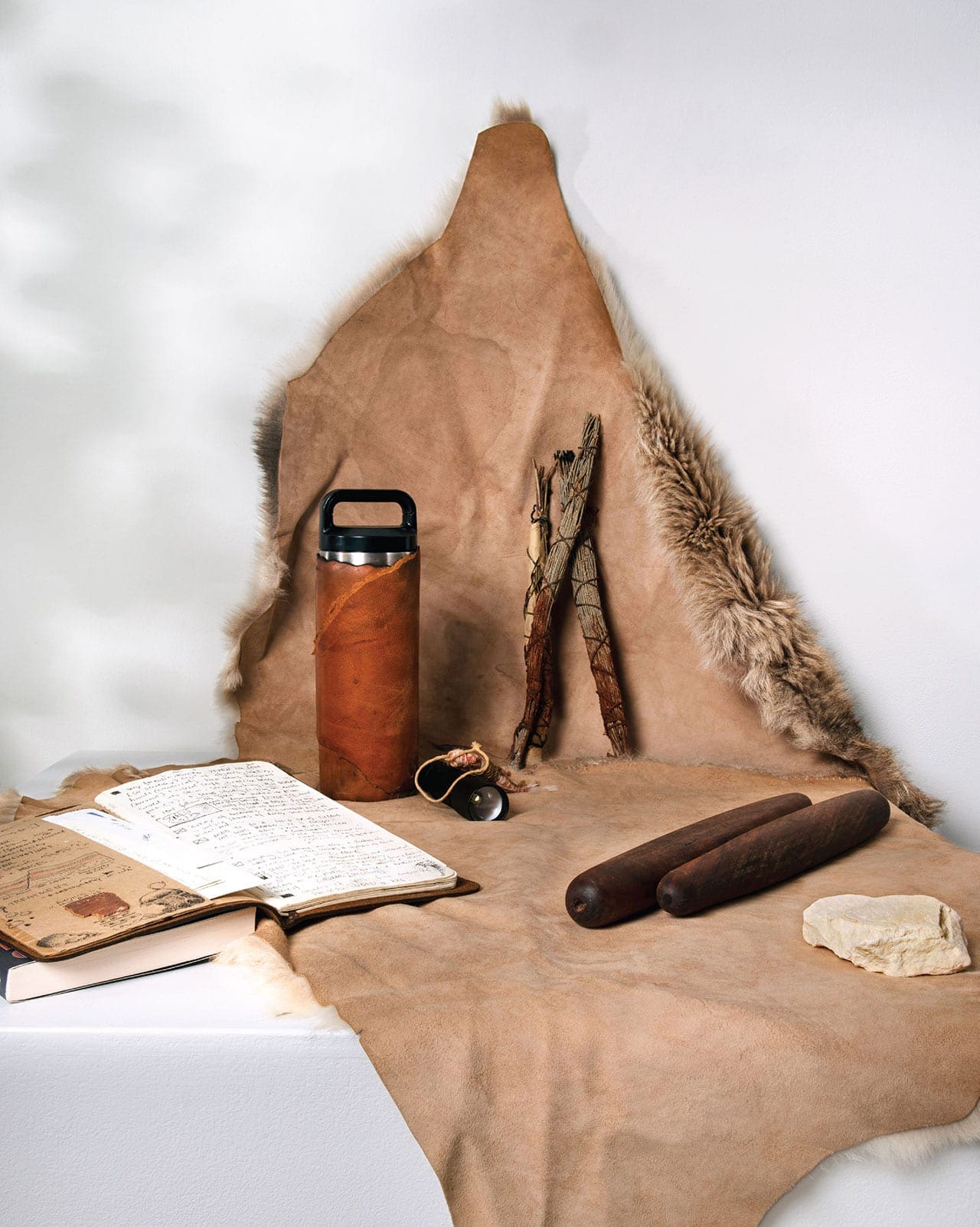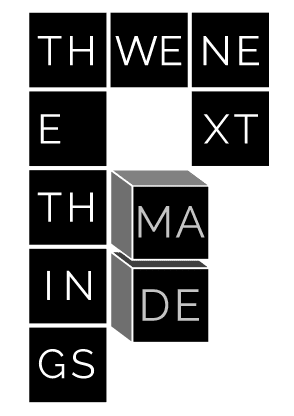

Ngiyaa
Inspired by
Dadirri and the fateful trajectory of 2020-2029
Jordan Lacey,
Dadirri and the fateful trajectory of 2020-2029, Conclusion (excerpt)
Natural Economics, Vol 12, #3. 2059
It came to be that the power of revolutionary possibility, once articulated by human ideology, was actualised through the planet reassembling its equilibrium; that is, the possibility of revolution transmogrified from human intent to a non-human becoming. The year 2020 saw a rapid acceleration of shifting weather patterns and declining human populations—the trajectory to 2029 becoming a path of pain… But, 2029 also marked a point of transition; when human collectives that realised a social transformation was necessary for survival, began to emerge.
This trajectory is now perceived as an inevitable journey: a rebirth, requiring pain. Colonial structures tumbled due to a massive die back in human population numbers, caused by the ongoing dangers of COVID-19 mutations and the erosion of arable land. The once ubiquitous international supply chains were broken and those institutions that kept the capitalist machine running simply dissolved. Surviving populations realised they needed to take care of themselves. In the end these new communities did not emerge through utopian desire, but desperate need. The need to survive…
The failed structures of Capitalism are now attributed to a very simple driver: exploitation. Capitalism – despite its excessively complex systemics and vernaculars – thrived on this one thing. The Earth’s resources were extracted, without care. All colonial structures were built on exploitation – of the land, its animals, and human labour. New societies – collectives – have found a new way. No more rushing to work. No more competing to be number one. The rush to supremacy, recreated at every level of the social hierarchy, has gone.
The seeding of this new way is attributed to the great slowing down. It began with the lockdowns of 2020 when bodies were forced to re-entrain with the subtle motions of nature. Aunty Miriam Rose Ungunmerr-Baumann, from Nauiyu country, shared with us a word from Ngan’gikurunggurr language to describe this—now part of the common tongue—dadirri: a deep listening to land and people. It began slowly. Watching the way birds search the ground for twigs and food; the subtle variation in the gaits of people walking past windows, people we never knew; the joys of pressing a seed into the ground and feeling the Earth’s electricity trickle up our arms; hearing our children play at home and the neighbours we always ignored. The spiritual skill of dadirri – inner quietness leading to new awareness – slowly took its place as the most important human attribute.
Through dadirri new understandings of care emerged, naturally – not as ideology. A caring for the land, for one another and for the self. The distractions of capitalism’s promises became absent: the rush of consumerism, now remembered as a dangerous drug, was suddenly unattainable. Instead, the new society of care provided opportunities to dive deep beneath the surface. A resurgence of interest in Aboriginal Australia followed: what does it mean to be Indigenous, the colonialist’s descendants asked? How do we go deeper into the land, and find connection? These questions led to journeys, both physical and spiritual, into the beating heart of Aboriginal Australia. Finally, white Australia reflects; without the colonial structures to support their economic and social privilege—their biases—they were able to hear the wisdoms of First Nations people. They finally started to listen.
Now, here in our future, the new rituals have emerged. Rituals that challenge those mental structures compelling people to exploit and hurt others. Through ritual, bodies have become entrained to the more-than-human energies of the vital Earth: providing a sustenance that capitalism could never provide. In the absence of colonial exploitation, which empowered people to see themselves as superior to others, human spirituality is thriving. Once more, we hear the land’s wisdom. The violent blip of colonialism has finally passed and the ongoing cultures of Australia’s First Nations have been propelled into new abundances—unimaginable to the perplexed inhabitants of 2020…
With thanks to Future Builders Floria, Susan (Cohn), Sam and Scotia, for inspirations…
with Floria, Su san, Sam and Scotia
ARTIST’S STATEMENT
Ngiyaa survived the great acceleration down but she was ready. Unlike many people around her, she felt staying still was the most rewarding stance. But ‘the end of the world’ was more challenging than she had ever imagined. Even though her grandmother had prepared her, taught her the art of Dadirri (deep listening) and helped her assemble her ‘bug out bag’, it was hard to stay centered when there were people dying all around her. The great acceleration was merciless but it was the selfish and individualistic who wouldn’t make it.
Ngiyaa had in her bag the vital ingredients to create community, practice ritual, listen to Country, connect and engender love. She had spent many nights in the lead up jumping on forums and speaking to other preppers about what would be needed in her bag but it was the traditional knowledge that her grandmother taught her that would be the most useful. How to navigate using the stars, identify which plants were poisonous and which were potions. But she also brought with her technologies from the modern world because taking the best of both cultures would help her survive in the Australian bush.
But her greatest preparation was her love for others. Her grandmother had named her Ngiyaa after all, which is Gumbaynggirr for ‘we’ so her whole life and identity had been preparing for this new and more benevolent world.
Size: Various
Materials: 3 kangaroo skins sewed together water bottle with leather nylon rope knife leather pocket with clapsticks ochre sage sticks little basket, round woven with woven things inside book songlines diary with trad knowledge info in it torch aboriginal fish hooks fishing line on indigenous spool
Photographer: Martina Capurso
Image Description:
Three kangaroo skins stitched together, one protruding edge is attached on a white wall. The skins fall down onto a white horizontal surface. The suede side of the kangaroo skin is visible as well as one edge of the kangaroo fur. Resting on top of the skins are a series of objects; two clapsticks rounded at the ends in dark wood, a piece of white ochre, to the left and going out of the image is one commercially printed book, and on top of that sits a leather bound hand written journal opened to reveal notes and sketches. Leaning against the back of the skin are three bundles of sage sticks with twine wrapped around them. To the left of these is a stainless steel water bottle wrapped in leather and at its base is a handheld, small, black torch with a woven, traditional Aboriginal fishing hook resting on top of it.



